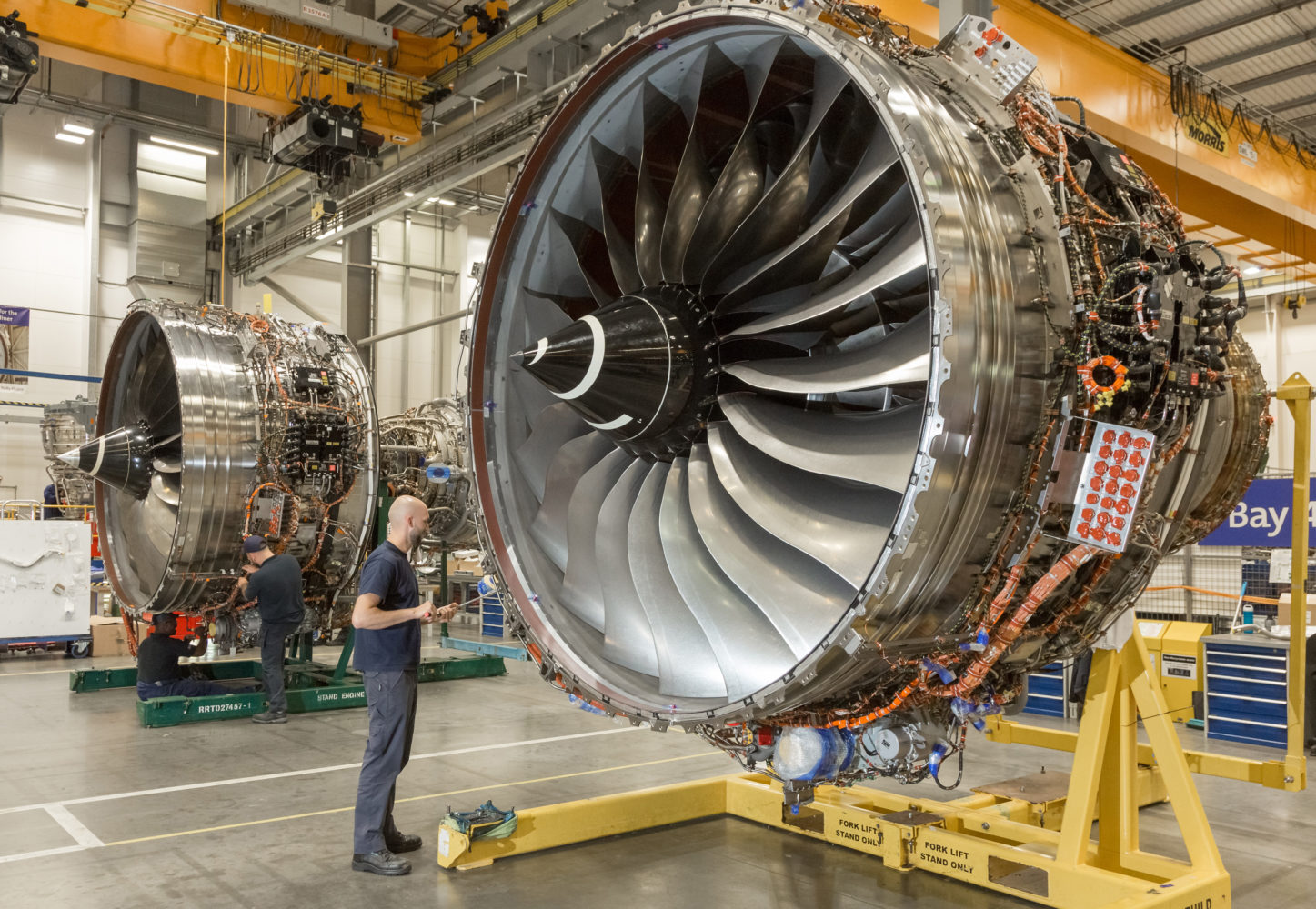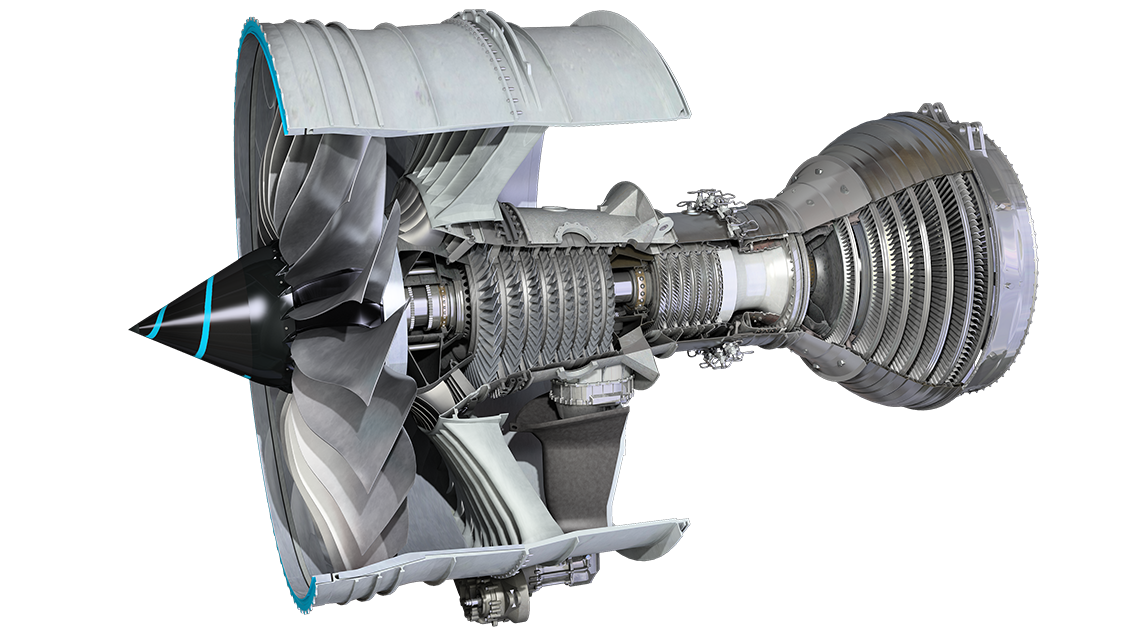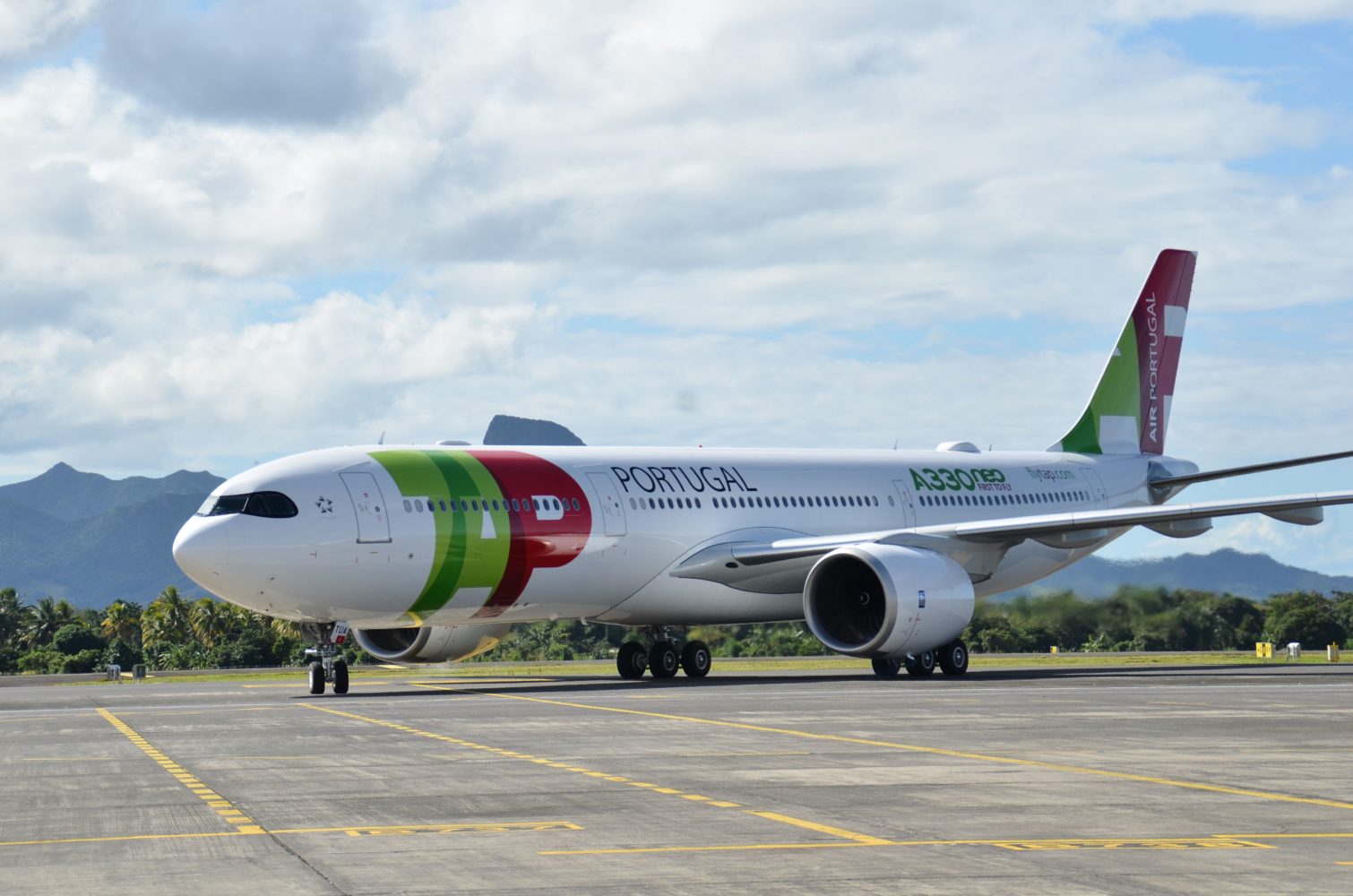Rolls-Royce faces engine delays for Airbus A330neo
Rolls-Royce has announced that they will be delivering less of their new Trent 7000 engines than previously planned this year due to production delays.
Coming towards the end of October, 2018, Rolls-Royce has only delivered 10 Trent 7000s.
Airbus, who only just recently received certification for their new A330-900neo, has multiple of the type for different customers moving around their facilities waiting for engines and other finalization processes such as painting and cabin fitting. TAP Portugal, who is the launch customer for the type, expects to take delivery of their first aircraft in coming weeks and has others lined up for delivery later this year. However, this may change as the lack of engines might prove Airbus‘ target of delivering 15 A330neos by year end a challenge.

Rolls-Royce planned on delivering 550 large engines this year and has now had to trim that figure down to 500. Airbus and Rolls-Royce, as well as any of the early operators of the engine and aircraft, are all holding discussions about ways to minimize disruption to service entry times and operations.
The production delays are primarily caused by Rolls-Royce prioritizing the Trent 1000 line, as that engine has been hit non-stop by durability and reliability problems, causing airlines around the world to ground parts of their Boeing 787 Dreamliner fleets. Rolls-Royce has been working tirelessly to roll out a fix for the problems but has been caught up with the volume that needs to be attended.
Chief Executive of Rolls-Royce, Warren East, insists that despite the Trent 1000 and Trent 7000 being built around the same architecture, the Trent 7000 won’t suffer from the same issues seen on the Trent 1000.

Airbus has been rushing to meet their delivery goal for the year, but the engine problems seen on the A320neo family caused by Pratt and Whitney durability issues and CFM delivery delays have caused them to fall behind. The A330neo is the latest to follow the growing trend in the world of engine issues that consist of delivery delays, production issues and design flaws.
Compensation is being discussed and will be provided to Airbus and the airlines taking delivery of the aircraft, costing Rolls-Royce a significant amount of money as the compensation and engineering bills for the Trent 1000 are continually growing. Already, Rolls-Royce has totaled $1.7 billion in charges up until 2022 for problems relating to the Trent 1000 powering the Boeing 787.
WOW Air was initially meant to take the A330neo in November but has since had to change that to February of 2019, forcing them to cancel routes through the month of April. As a whole, the Airbus A330neo program has been delayed by a year. The A330-800 has only just received its first orders and had its engines fitted, but since the larger A330-900 took the brunt of the testing, only a short flight test campaign will be required.
Airbus, who has picked up on the one-choice engine habit for their new widebody line-up, is susceptible to a lot of damage should engine delays or problems continue. With Rolls-Royce being the sole engine available on the A350 and A330neo, if something were to halt deliveries or operations, Airbus and airlines would be facing big problems.
Rolls-Royce plans to have all of their engines running well and being built consistently starting early in 2019, allowing Airbus and Boeing to get on track with deliveries of the A330neo and 787 aircraft.




